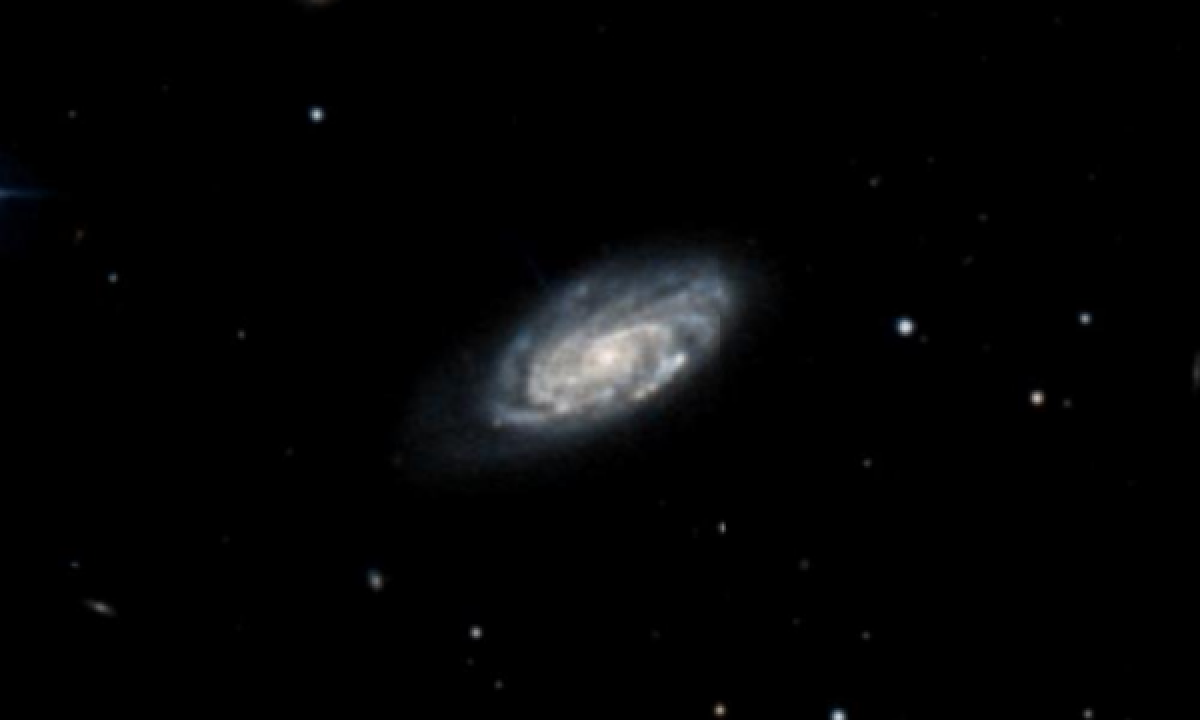The New General Catalogue of Nebulae and Clusters of Stars (abbreviated as NGC) is a catalogue of deep-sky objects compiled by John Louis Emil Dreyer in 1888. The NGC contains 7,840 objects, known as the NGC objects. It is one of the largest comprehensive catalogues, as it includes all types of deep space objects, including galaxies, star clusters, emission nebulae and absorption nebulae.
Know more about NGC
NGC 3294

NGC 3294 is a spiral galaxy in the constellation Leo Minor. It was discovered by William Herschel on Mar 17, 1787. It is a member of the Leo II Groups, a series of galaxies and galaxy clusters strung out from the right edge of the Virgo Supercluster. The galaxy is located at a distance of 98 million light years and is receding with a heliocentric radial velocity of 1,586 km/s. The morphological class of NGC 3294 is SA(rs)bc, which means this is a spiral galaxy with no central bar (SA), an incomplete inner ring structure (rs), and moderately wound spiral arms (bc). This galaxy has been host to a pair of supernova events: SN 1990H was discovered by Saul Perlmutter and Carlton Pennypacker on April 9, 1990 at a position 12″ west and 1″ south of the galactic nucleus. The spectrum and light curve resembled a type II core-collapse supernova similar to SN 1987A. SN 1992G was discovered by Shunji Sasaki on 14 February 14 1992, 27″ east and 10.5″ south of the galaxy's nucleus. This was determined to be a type Ia supernova.
More Images:

Sources:
Wikipedia Page: NGC 3294
NGC 3294 at In-The-Sky website
